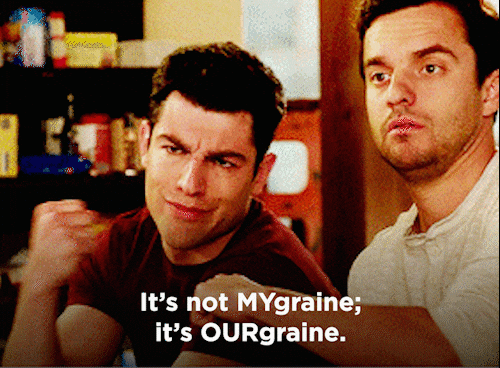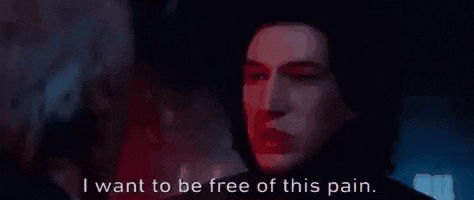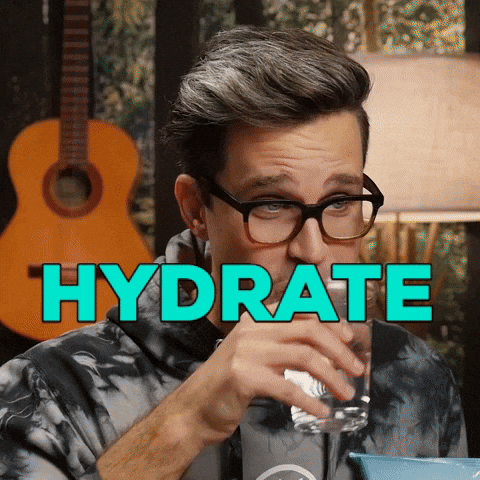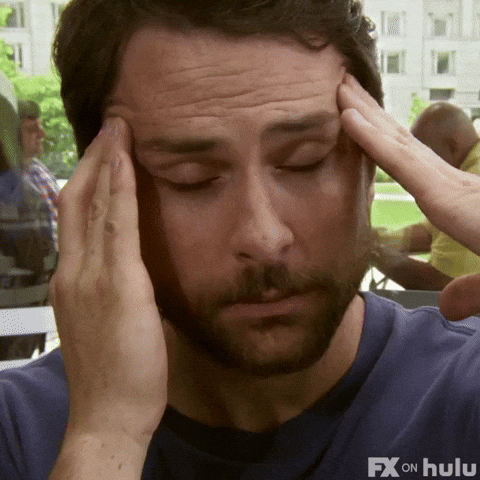Aches and Brains: The Holistic Science of Headache Relief
Everyone gets them. They sneak in during long meetings, late nights, or right after your third cup of coffee (ironic, right?).
Headaches are humanity’s least favorite uninvited guest but not all headaches are created equal.
Let’s break down the science behind your skull’s protest signs and talk about evidence-backed, holistic ways to find relief at home.
🧠 What Is a Headache, Technically?
A headache is pain originating from the head or upper neck. People may think a headache is cause from the brain but brains can’t feel pain. Instead, it comes from nerves, blood vessels, muscles, and connective tissues surrounding the skull and neck.
According to the National Institutes of Health (NIH), headaches affect about 1 in 2 adults globally every year, and they’re among the top causes of lost productivity worldwide (Nat Rev Neurol, 2020).
🔍 The Main Types of Headaches — and What’s Behind Them
Tension-Type Headache (TTH)
The “I’ve Been Staring at My Laptop for Six Hours” Headache
Tension Headaches are the most common kind. They are the classic dull, tight, or band-like pressure across both sides of your head. Tension headaches often arise from muscle strain, posture issues, stress, and jaw clenching.
Science says: Muscle overactivity in the neck and scalp can trigger peripheral nerve irritation, and chronic stress amplifies pain sensitivity (J Headache Pain, 2021).
Holistic help:
💆♀️ Neck and shoulder stretches to release tension.
🌬 Deep diaphragmatic breathing: lowers stress hormones that tighten neck muscles.
🧘 Mindfulness and yoga have shown measurable reductions in tension headache frequency (Cephalalgia, 2018).
Migraine
The “Brain on Strike” Headache
Migraines aren’t “just headaches.” They’re a neurological storm that can bring throbbing pain (often one-sided), light and sound sensitivity, nausea, and sometimes visual disturbances called auras.
The cause: Migraines stem from a mix of genetic factors, neurovascular dysregulation, and triggers like hormonal changes, skipped meals, dehydration, or sensory overload.
Recent imaging studies show changes in the trigeminovascular system and serotonin pathways during migraine attacks (Lancet Neurol, 2021).
Holistic help:
💧 Stay hydrated: even mild dehydration can spark migraines.
🌿 Magnesium-rich foods (spinach, almonds, avocado) may support nerve and muscle balance (Headache, 2020).
💤 Maintain regular sleep patterns: irregular sleep is a major migraine trigger.
🧘 Stress reduction techniques like progressive muscle relaxation or biofeedback can significantly reduce migraine frequency (J Psychosom Res, 2019).
Cluster Headache
The “Alarm Clock from Hades” Headache
Cluster headaches are intense, throbbing, stabbing pains behind one eye, often accompanied by tearing or nasal congestion. They tend to arrive in “clusters” daily or nightly for weeks.
The cause: These are thought to arise from hypothalamic dysfunction, disrupting circadian rhythms and activating pain pathways (Brain, 2017).
They’re less common but notorious for their ferocity.
Holistic help:
🌅 Keep a strict sleep-wake cycle: the hypothalamus loves consistency.
💨 Practice controlled breathing or meditation during onset to reduce sympathetic nervous activation.
⚙️ Gentle massage of the upper neck may alleviate secondary muscle tension from the pain response.
Sinus Headache
The “My Face Feels Like It’s Full of Cement” Headache
Sinus headaches come from inflammation or pressure in the sinus cavities, often due to allergies or infection. Pain tends to center in the forehead, cheeks, or behind the eyes, and worsens when bending over.
Holistic help:
💦 Steam inhalation or humidifiers can ease sinus pressure.
🌿 Saline nasal rinses (like neti pots) flush out irritants.
🌤 Gentle outdoor activity — movement improves sinus drainage.
🧂 Limit processed foods; sodium can contribute to fluid retention and sinus swelling.
Cervicogenic Headache
The “It’s Not My Head, It’s My Neck” Headache
Sometimes, the culprit isn’t in your head at all: it’s your cervical spine. These headaches start in the neck or base of the skull and radiate upward.
Common causes include poor posture, whiplash injuries, or myofascial dysfunction.
Science says: Dysfunction of the upper cervical joints (C1–C3) can refer pain to the head through shared nerve pathways (Pain Med, 2020).
Holistic help:
💆 Chiropractic or myofascial release therapy (from trained providers) can improve joint mobility and muscle tone.
🧍 Ergonomic adjustments: screens at eye level, supportive chairs, and frequent micro-breaks.
🧘♀️ Gentle mobility exercises like chin tucks, cat-cow stretches, or scapular retraction.
🌿 General Holistic Headache Helpers
Hydration & Balanced Nutrition
Even mild dehydration can constrict cerebral blood flow. Regular water intake and balanced electrolytes matter.Consistent Sleep Routine
Too much or too little sleep both increase headache risk.Stress Management
Meditation, nature walks, journaling, and biofeedback are clinically proven to lower headache frequency.Avoid Overreliance on Caffeine
A cup can help… until it doesn’t. Caffeine withdrawal is a common trigger for rebound headaches.Cold or Warm Compresses
Cold helps reduce inflammation (great for migraines); heat helps loosen tight muscles (ideal for tension headaches).
🧩 When to See a Professional
Seek medical care if you experience:
Sudden, severe (“worst ever”) headache
Headaches after trauma
Visual changes or neurological symptoms
Fever, neck stiffness, or confusion
Those can signal more serious underlying conditions.
🧠 The Bottom Line
Headaches are universal, but they’re also highly individual.
Whether it’s your posture, hormones, hydration, or stress, your body is trying to tell you something.
The good news? Most headaches can be soothed through holistic, evidence-based care.
So next time your brain starts drumming, take a deep breath, roll your shoulders, and remind your nervous system who’s boss.
🧾 References
Goadsby PJ, et al. Pathophysiology of headaches. Nat Rev Neurol. 2020;16(10):573–587.
Bendtsen L, et al. Tension-type headache: mechanisms and management. J Headache Pain. 2021;22(1):92.
Charles A. The pathophysiology of migraine: a disorder of sensory processing. Lancet Neurol. 2021;20(4):272–283.
May A, Schulte LH. Chronic cluster headache: new concepts. Brain. 2017;140(3):653–667.
Headache Classification Committee of the International Headache Society (IHS). Cephalalgia. 2018;38(1):1–211.
Ong JJY, et al. Cognitive behavioral therapy for headache disorders: systematic review and meta-analysis. J Psychosom Res. 2019;116:98–110.
Bogduk N. Cervicogenic headache: anatomy and pathophysiology. Pain Med. 2020;21(1):51–60.






